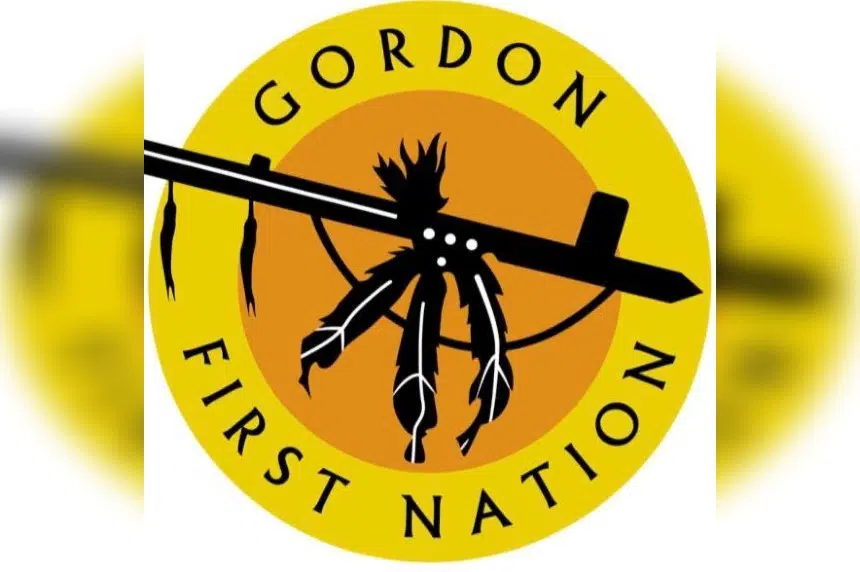The George Gordon First Nation said Wednesday a search near the site of a former residential school has located 14 “possible burials.”
Members of the community expect that number to grow in the future.
“I think that’s pretty obvious that there’s going to be a lot more than what we found within the first three months of our searching,” Sarah Longman, a member of the First Nation and the chair of the George Gordon First Nation IRS Cemetery Committee, told reporters.
During a media conference on the First Nation about 120 kilometres north of Regina, Chief Byron Bitternose said the people of the community still carry the legacy of the abuse they suffered at schools like the Gordon’s Indian Residential School.
The First Nation decided to try to find the final resting places of children and school attendees who never returned to their families, so a firm was hired in October to do three searches using ground-penetrating radar near the school’s former site.
Bitternose said after hearing stories from residential school survivors and descendants of former members of the community, four areas were identified as areas of interest.
“It is with a heavy heart that the results of the first search indicate an area of high probability,” Bitternose said. “In this area, it is determined through the data that we have located 14 possible burials.
“In the upcoming months, this area will be a priority area for continued searching. It is my hope that one day we will be able to tell our children the whole story of what their great-grandparents, grandparents, parents and siblings endured …
“Our work and search is not complete.”
According to the National Centre for Truth and Reconciliation, the Anglican Church of Canada opened a day school on the reserve near Punnichy in 1876. In 1888, the school was expanded to house students who attended the school.
In 1929, the school was destroyed by fire, but it was rebuilt and remained in operation until 1996.
The National Centre for Truth and Reconciliation has a record of 49 student deaths there.
The Truth and Reconciliation Commission’s final report called the George Gordon school one of the worst-run facilities in the entire residential school system.
Longman said there’s a “high probability” the targets detected by the radar are unmarked graves based on what has happened in other First Nations communities.
First Nations across the country have conducted searches using ground-penetrating radar to find unmarked graves on the sites of former residential schools.
In June of last year, a search on the Cowessess First Nation found 751 unmarked graves where the Marieval Indian Residential School used to be.
In February of this year, the Keeseekoose First Nation announced 54 unmarked graves had been found on the sites of two former residential schools.
Longman said the areas that were searched on the George Gordon First Nation weren’t next to or close to a current cemetery, and that’s part of the reason why they were chosen for Phase 1.
Another reason was the input from survivors. Longman said on many occasions, we don’t hear the voices of the survivors, so the committee members wanted to make sure they did by searching the area the survivors suggested.
Longman, who noted more searches are planned on the First Nation, said the results of the initial search will be difficult for some to hear.
“Many people will be hearing (the news for) the first time today, so at this point we’re not sure yet (what the impact will be),” she said. “But we can only imagine that it’s going to have a great impact on many people — and not only our community but the folks who attended the school who live in other communities and other provinces will be impacted by this news today.”
— With files from The Canadian Press











